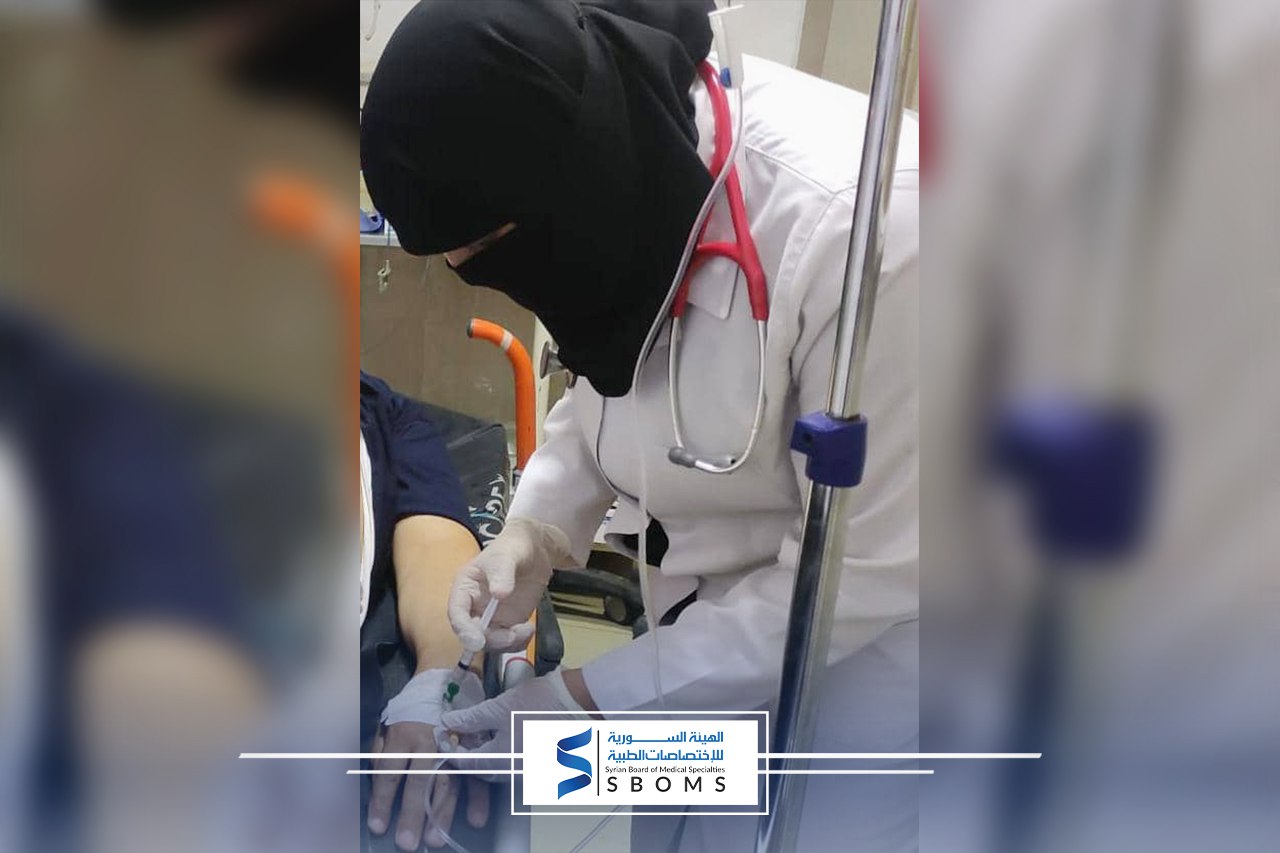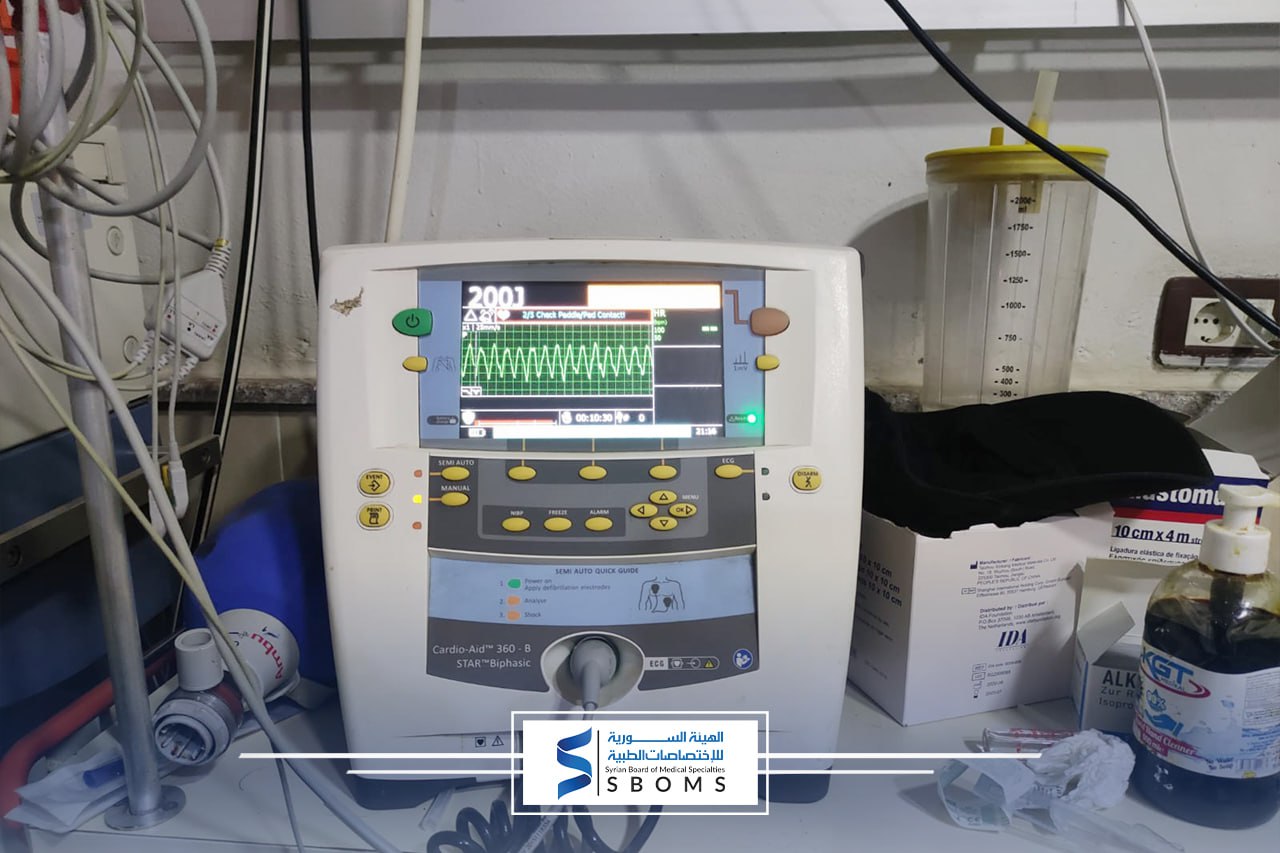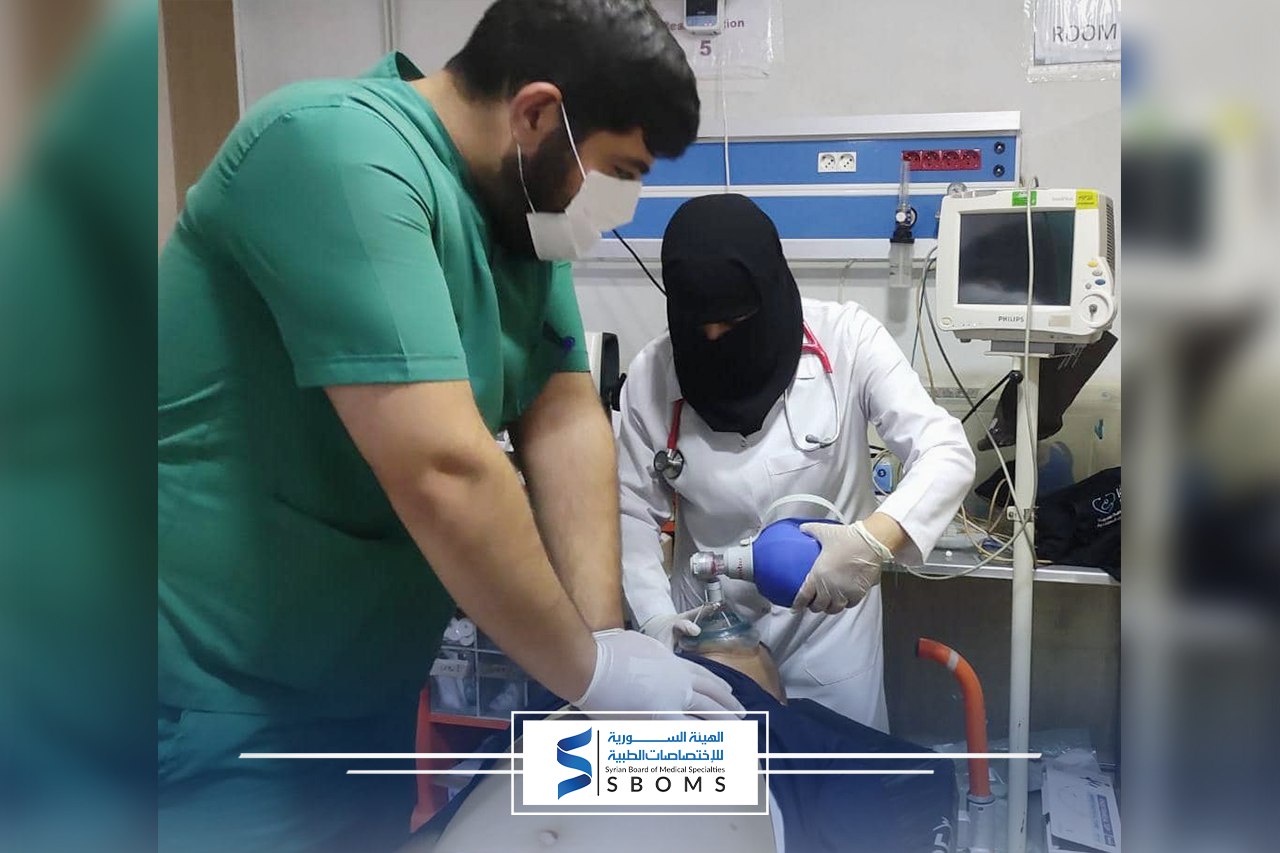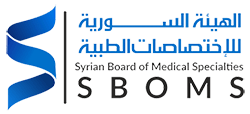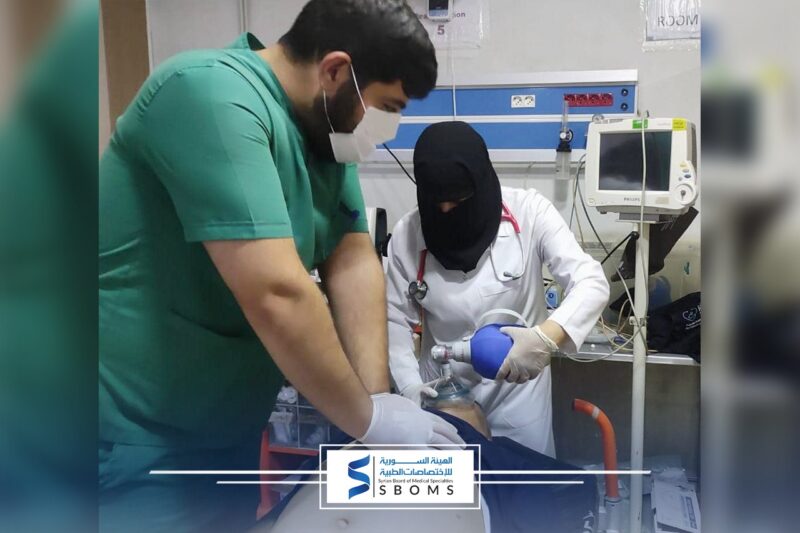History:
A 54-year-old female patient (M. N.) was brought to the emergency department of Martyr Muhammad Wassim Moaz Hospital in NW Syria. The hospital is recognized by the Syrian Board of Medical Specialties (SBOMS) as a training center and by the Independent Doctors Association (IDA). Upon arrival, the patient was unconscious and transported on a stretcher. The patient was evaluated by Dr. Samaher Alaloush, the resident doctor in Emergency Medicine, who discovered that the central pulse was undetectable during the initial examination.
First aid management:
The resuscitation team was called immediately and the emergency team started cardiopulmonary resuscitation by stroking (30 blows for two types in ambo). Once the Anesthesiology and Intensive Care resident, Dr. Bayan Barghout secured an advanced airway, Dr. Samaher established an intravenous line in the elbow and obtained a blood sample for analysis to identify any reversible causes and initiated administering appropriate medications. During the initial cycle, Dr. Muhammad Al-Ibrahim, a resident in anesthesiology and a defibrillator expert, analyzed the heart rhythms, which indicated a lack of electrical activity (Asystole). Consequently, the resuscitation team administered adrenaline to continue the revival process. After the second resuscitation cycle, the rhythms were examined, revealing that there was still no electrical activity. The resuscitation process was continued for a third cycle, during which the rhythms transitioned into ventricular fibrillation. This was successfully managed with an electric shock of 360 joules using the hospital’s monophasic shocker. The shock helped to restore the sinus rhythm and blood circulation. FAST ultrasound ruled out pleural, pericardial, or pneumothorax effusions. Then the patient was transferred to the intensive care unit and placed on a ventilator with the immediate start of cryotherapy and a follow-up study of the causes that led to cardiac arrest.
Diagnosis:
Based on the information provided by the patient’s companions, it was determined that she was suffering from Obstructive Sleep Apnea (OSA). In addition, the patient had taken an excessive amount of first-generation antihistamines.
Follow Up:
After about 12 hours, the patient had some purposeful movements, as the sedation pumps were stopped, then weaning off the ventilator followed. After 24 hours, the patient regained consciousness well, and she was discharged after several days to the house in good health.
Resuscitation team
Dr. Muhammad Ali Al-Ibrahim, an anesthesia and intensive care resident
Dr. Bayan Barghout, an anesthesia and intensive care resident
Dr. Samaher Aloush, an emergency medicine resident
ISupervising specialist in internal Medicine: Dr. Abdul Hanan Joja
Supervising specialist in intensive care: Dr. Anas Abdullah
Discussion
This report presents a case of a 54-year-old woman who experienced a cardiac arrest and received successful cardiopulmonary resuscitation (CPR). This case highlights the critical need for prompt and effective CPR. The resuscitation team was quickly called upon the patient’s arrival, and appropriate medical care was provided to address the cardiac arrest. Several high-quality procedures were identified that contributed to the successful resuscitation of the patient, which will be detailed below.
- Upon the patient’s arrival, cardiopulmonary massage was immediately administered with 30 strokes for every two breaths. The resuscitation team promptly worked to secure an advanced airway. The venous line was opened at the elbow, and necessary medications, adrenaline, were given to stimulate cardiac activity.
- During the resuscitation process, the rhythms were assessed at the end of each two-minute cycle, and the necessary action was taken accordingly. When ventricular fibrillation was observed in the third cycle, a high shock value of 360 joules was administered due to the device being single-phase. However, modern dual-phase devices only require a lower shock value of 200 joules.
- Analysis and investigation were conducted during the resuscitation process to discuss the potential causes of cardiac arrest. A detailed clinical history was also examined after the return of spontaneous circulation. The findings revealed that the patient had two significant factors contributing to the cardiac arrest: hypoxia due to sleep apnea and antihistamine poisoning. The summarized information can be found in the table below:
- Reversible causes of cardiac arrest
| H’s | Treatment | T’s | Treatment |
| Hypovolemia | Intravenous fluids or blood | Toxins | Qualitative antidote |
| Hypoxia | Oxygen | Tamponade (cardiac) | Needle pericardiocentesis |
| Hydrogen ion | Sodium bicarbonate | Tension Pneumothorax | Decompression |
| Hypokalemia | Potassium chlorine | Thrombosis (coronary) | Thrombolytics |
| Hyperkalemia | Calcium gluconate or chloride | Thrombosis (pulmonary) | Thrombolytics |
| Hypothermia | Heating |
The significance of a quick and efficient response during cardiac arrest is exemplified in this case. The resuscitation team displayed excellent teamwork, with the emergency medicine resident conducting the initial assessment and starting chest compressions while the anesthesiology and intensive care residents secured the advanced airway and worked to stimulate the heart rhythm.
It is imperative to acknowledge that obstructive sleep apnea (OSA) may lead to cardiac arrest. This diagnosis highlights the importance of evaluating and addressing sleep-related breathing disorders in order to minimize the incidence of cardiac arrest.
Conclusion
The importance of prompt and effective cardiopulmonary resuscitation in cases of cardiac arrest cannot be overstated. To increase the likelihood of successful resuscitation, it is essential to conduct a rapid assessment and take appropriate action. This can mean the difference between life and death for the individual in need.
